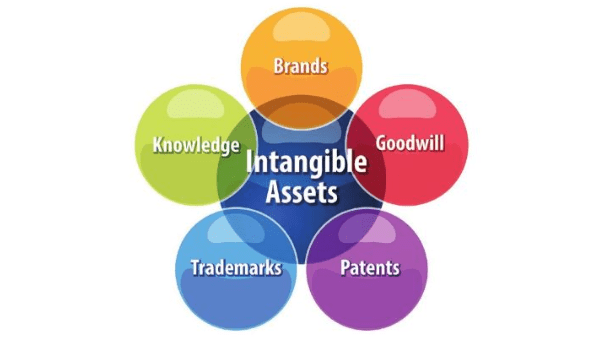How much is goodwill worth? Similarly, McDonald’s and See’s Candies are part of fond childhood memories for countless adults and children, but how does someone put a price tag on those memories?
It’s easy to see that goodwill is subjective, and as such can be very hard to compute. Yet the rules governing the computation of goodwill are specific and clear. In the first place, the concept is chiefly operative in the context of buying and selling a company.
Determining value
To understand this, let’s start with the concept of value. A commodity has a certain value if it is sold at a price on which buyer and seller agree: this is true no matter what is being sold—a head of lettuce, a suburban house, or a multinational company.
Part of a company’s value is its net assets: its cash on hand, sellable stock, furniture, real estate, and so on. But as we’ve seen, its whole value is greater than that. So how is value determined? By the price that someone is willing to pay.
Goodwill is an accounting concept: it’s what is left over after subtracting the value of tangible assets (cash, real estate, stock) and quantifiable intangible assets (licenses, recipes) from the purchase price.
Say that Billionaire X acquires Shantidevi, a hypothetical line of women’s yoga clothing, which has been very successful in recent years. He pays $10 million for the company. Shantidevi has an impressive $2 million cash on hand, another $1 million in stock in trade (the clothing), and another $500,000 in real property, office furniture, and so on.
It has debts (liabilities) of $500,000. Its net assets, minus liabilities, thus total $3 million. But the billionaire pays $10 million. When the sale is made, the $7 million is reckoned as goodwill.
Assets
Cash $2,000,000
Stock in trade $1,000,000
Real property $500,000
Total assets $3,500,000
Liabilities
Debt $ 500,000
Net assets $3,000,000
Purchase price $10,000,000
Minus net assets $3,000,000
Difference $7,000,000 (goodwill)
As noted, goodwill is subjective. In this case, it may consist of the fact that several major celebrities have endorsed Shantidevi clothing; that its name has become a byword for style and comfort in women’s wear; that sales have increased 25 percent annually for several years and show every sign of continuing to do so; or simply that Billionaire X’s wife loves the clothes and is amused by the idea of owning the company. Or any combination of the above.
Regardless, Shantidevi is worth $10 million, simply because this is the price agreed upon by the seller and buyer. How was it arrived at?
By negotiation, of course. Conceivably the seller stressed the growth in the market for yoga clothing, her solid business model, and the high reputation of her clothing. The billionaire might have pooh-poohed all this and said the company was just a faddish little trinket that he was buying to please his wife. However, these strategies played out, the two arrived at a $10 million price.
In the sale, the accounts would say that $7 million of Shantidevi’s value is goodwill: the difference between its assets and the price actually paid for it.
As a formula, goodwill can be calculated thus: Goodwill = P – (A – L ), where P is the purchase price of the target company, A is the fair market value of assets, and L is the fair market value of liabilities.
Evaluating assets
Note that goodwill, unlike other intangible assets (such as licenses), cannot be sold independently of other assets. Furthermore, goodwill is a purely external asset. A company may build internal goodwill by fair treatment of employees, training, and maintaining good client relations, but this is not reckoned as part of goodwill on a balance sheet.
What happens when a purchaser pays less than the value of a company’s tangible assets? In this case, the buyer acquires negative goodwill. Say Billionaire X buys a company that manufactures steel cans for $150 million, but the value of its assets, including cash on hand, stock in trade, and real property, amounts to $175 million. The company is distressed goods: it is actually worth less than the sum total of what it owns.
Reasons may include dwindling cash flows, increased competition, a poor economic outlook, or a declining market for steel cans. In any event, Billionaire X has gotten $175 million worth of property for a mere $150 million. The difference is negative goodwill. Because the buyer has gotten a bargain, he has to report this negative goodwill as a profit.
This is a multi-part feature adapted from a story in the July/August 2020 issue of Produce Blueprints.



